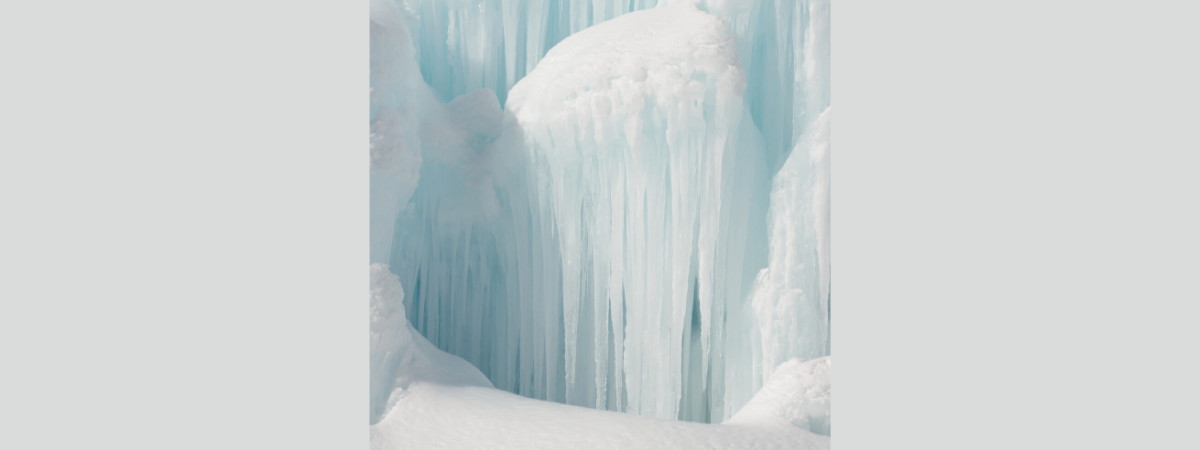Cold therapies and snow tunnels are on the wish list of wellness enthusiasts. From home-made ice baths to natural cold plunges, this enthusiasm has created a new market for cold treatments.
A business, the one related to the ‘cold’ trend, which will generate significant increases over the next decade.
This is because it has been rediscovered as a valuable ally of well-being and our metabolism.
Pythagoras and Hippocrates advocated the importance of cold baths to stay healthy, but it was Sebastian Kneipp, the inventor of hydrotherapy, who paved the way for a more modern concept of cryotherapy in the mid-19th century. In more recent times, science has validated the benefits of water below 15 degrees.
What are the main applications of cold
Cold therapy is based on this very principle: exploiting low temperatures to treat both medical and aesthetic problems.
Cryotherapy, swimming in icy water and experiencing cold/snowy environments were already under the magnifying glass of wellness enthusiasts in its extreme forms, so much so that in 2017, during the Global Wellness Summit, the ‘charm of cold’ was mentioned as one of the trends of the near future. A vision that turned out to be true.
Just think of the fans of breathing in cold temperatures to achieve greater self-awareness, or the many who believe that immersion in the cold benefits physical health and generates greater ‘self-presence’.
From home-made ice baths to natural cold plunges, this enthusiasm has created a new market for cold treatments.
How to enhance cold experiences in spas, gyms, and wellness centres
A growing market not unnoticed by people working in the wellness sector. New products are being created, as well as new services aimed precisely at cold environments: not only modules with ad hoc temperatures to be inserted in spa contexts, but also staff training, ‘cold’ packages, etc.
Some examples: design baths that allow rapid cooling of the water, or ‘cryo chambers’, i.e., vaporised nitrogen cabins that reach very low temperatures (already used in the sports sector and now very popular in Italian spas).
Therefore, gyms, thermal centres and spas arrange to include cold environments among their offerings: guided breathing sessions immersed in cold water, rituals alternating between warm environments and icy immersions, experiential moments to probe our body’s greater adaptive capacities and draw all possible benefits (better listening, understanding what you need, regulating your breathing, greater mental clarity) .
The main benefits of cold
The power of cold is today conquering an ever-widening public, even among the uninitiated. “Cold” is increasingly sought after to energise, combat stress, improve immune functions and slow down ageing!
The many fans of this trend claim it gives a major boost to metabolism, strengthens the immune system, and helps sleep better. Not least, it significantly improves mood and brain function.
In sports, cold therapy has long been used by athletes to reduce inflammation, muscle pain and swelling.
What about the beauty industry?
Cold has long been a valuable ally in dermatology as well. Both to improve the appearance of the complexion and to treat imperfections of the face and body. Spas and wellness centres, always attentive to what is new and what the public is interested in, cannot miss out on the potential of ‘cold treatments’.
Of course, as with any new activity/wellness programme, it is important to take things gradually and accustom the body so that the shock is not extreme.
Written by Elisabetta Farneti

